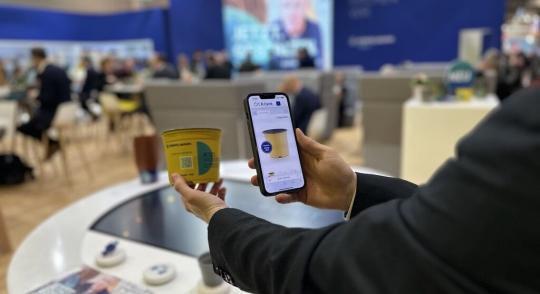

How does a crisp bag become fit for the circular economy?
In close cooperation with its partners Erema, Henkel, hubergroup Print Solutions, Kampf, Maag, Plastchim-T and Wipak, Brückner Maschinenbau has initiated the pilot project “polypropylene crisp bag” in order to make an important contribution to the future circular economy.
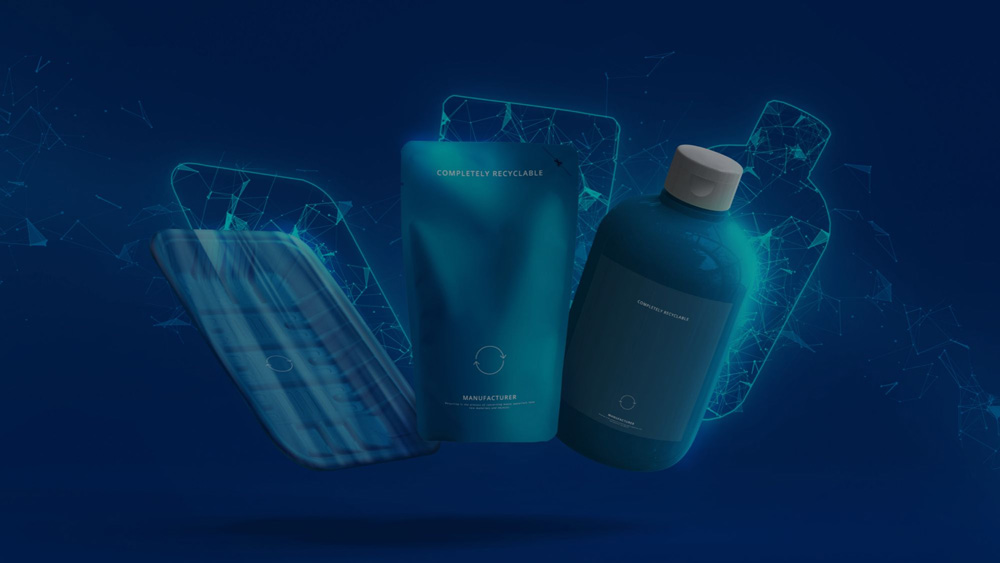
What steps must be taken to make a crisp bag recyclable?
- Consider recyclability from the beginning and integrate the interface between product and data
- Save relevant data of the packaging
- Identify, sort and wash recyclable packaging
- Recycle washed and sorted packaging (mechanically)
- Substitute virgin material with recyclate
Consider recyclability from the beginning
To be able to use recycled material in a second-life product, the initial packaging design must already consider functionality and compatibility for the consumer, but also problem-free processability on various machines and systems.
The necessary knowledge about the materials and their combination for recyclability is generated in other initiatives across the supply chain. The partnered initiative PrintCYC is focusing on optimized components for printing inks to enable high quality recyclates. This knowledge is essential for the design of recyclable packaging.
A crisp bag made of polypropylene mono-material film in combination with innovative printing inks and laminating adhesives, specially developed for the circular economy, can meet the requirements of function and recyclability for packaging.
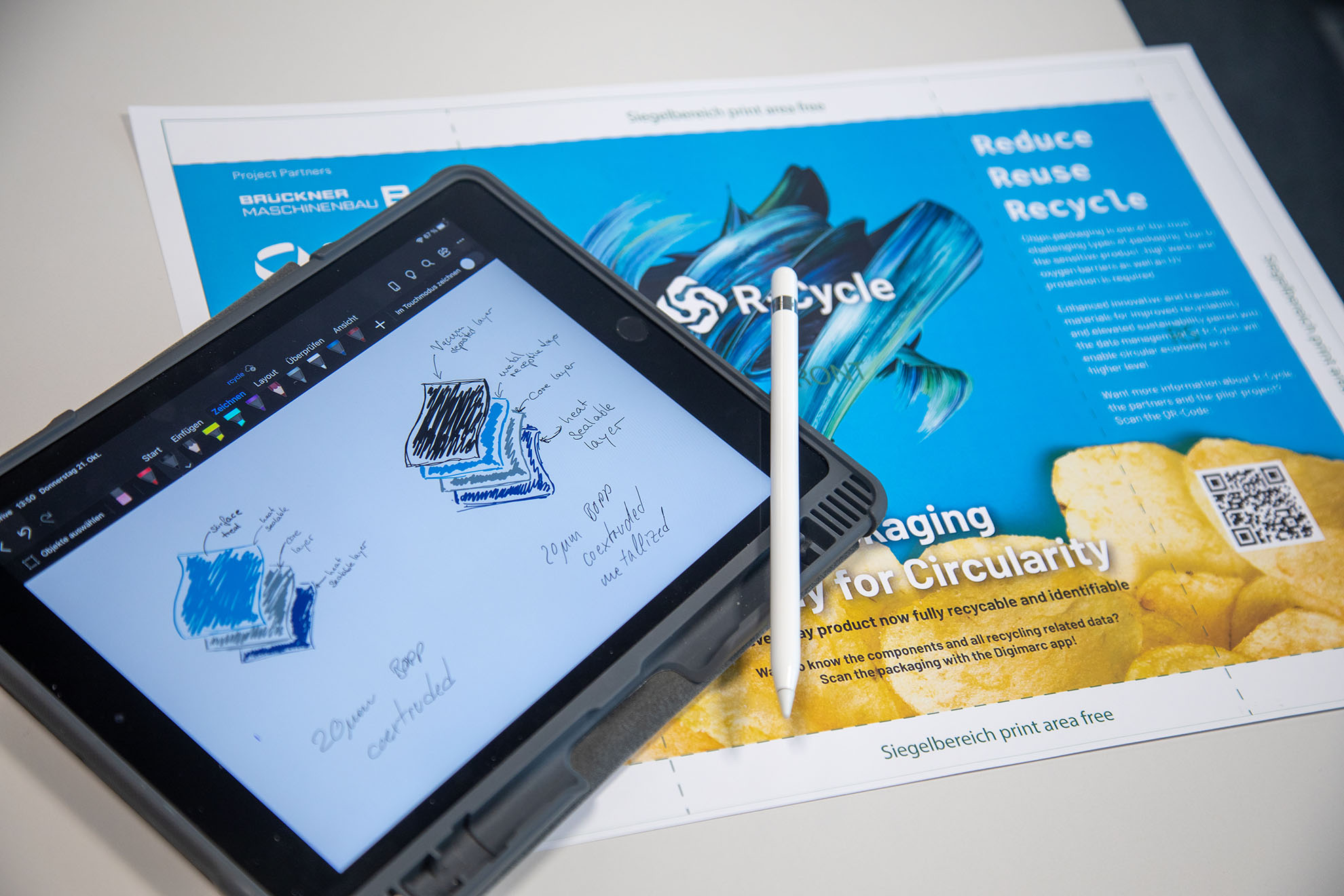

Integrating the interface between product and data
There is a wide variety to uniquely link the R-Cycle database and the packaging. Depending on the production step and further processing, some marking technologies, for example a QR-Code, are worse or better fitting.
The link between the database and packaging is directly integrated into the design of the crisp bag due to a digital watermark. For this purpose, tiny markings are added to the layout, almost invisible to the human eye, which can be read for example on any smartphone with the Digimarc app.
With this marking technology, any section can be scanned with the camera and is clearly identified by the corresponding software.
This enables the sorting process to uniquely identify even small film snippets.
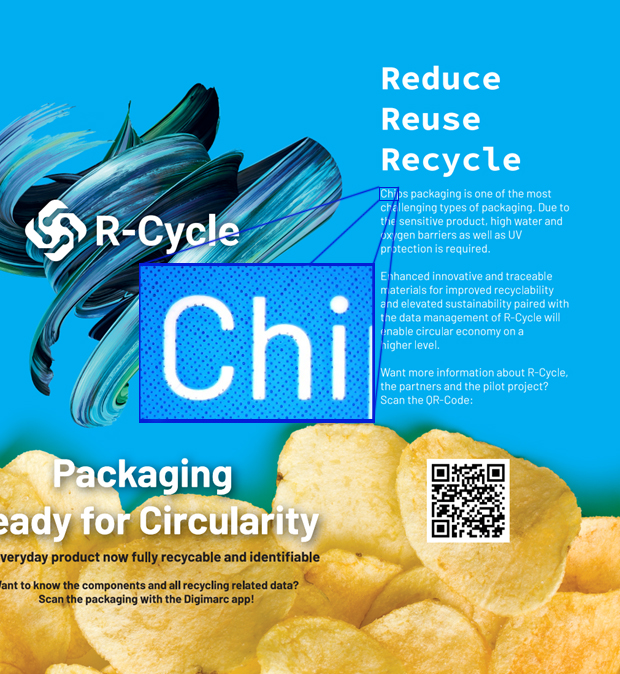

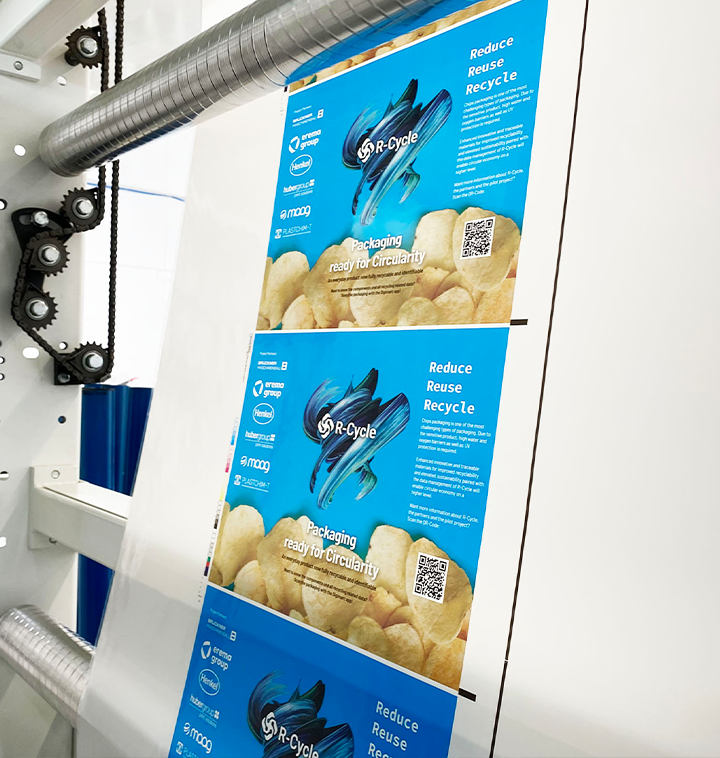

Save relevant data of the packaging
To enable the precise sorting of plastic waste, it is not only important to be able to uniquely identify the packaging, but also know its composition and recyclability. Those necessary data must be collected along the entire value chain and transmitted to the R-Cycle database. It is important to mention, that the data is only at a generalized level, required for subsequent sorting.
For example, when filling and sealing the crisp bag, the additional information sent to the R-Cycle server only contains characteristics of the contents, for example food or non-food.
As part of the pilot project, the data was recorded on some of the respective machines of the involved partners, sent and saved on the R-Cycle server with a GS1 standard. With this real-time transmission, the data will not only be available at the end of the value chain, but also immediately after each processing step. This for example enables both, intra- and inter-company data exchange within the framework of a digital product passport.
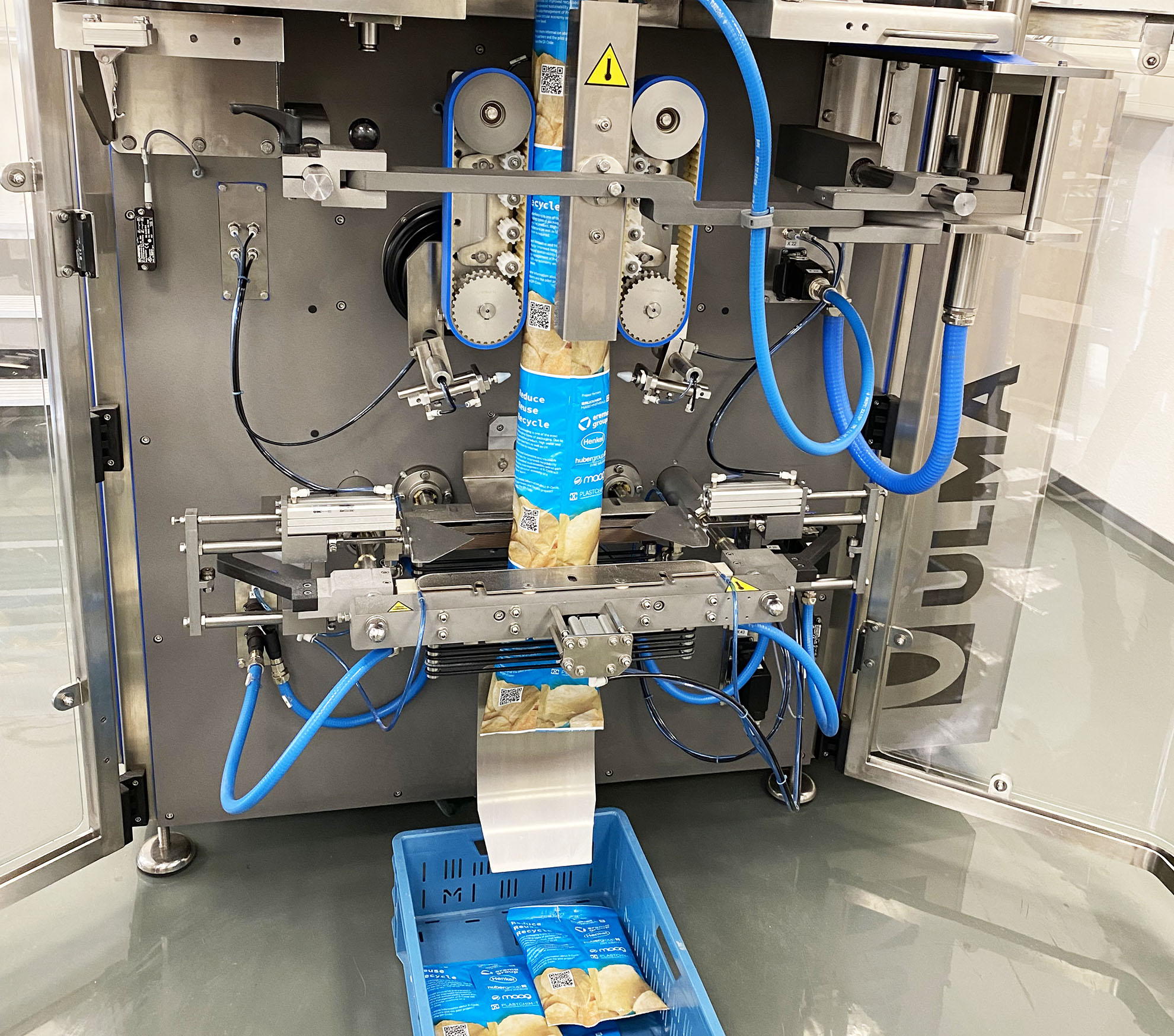

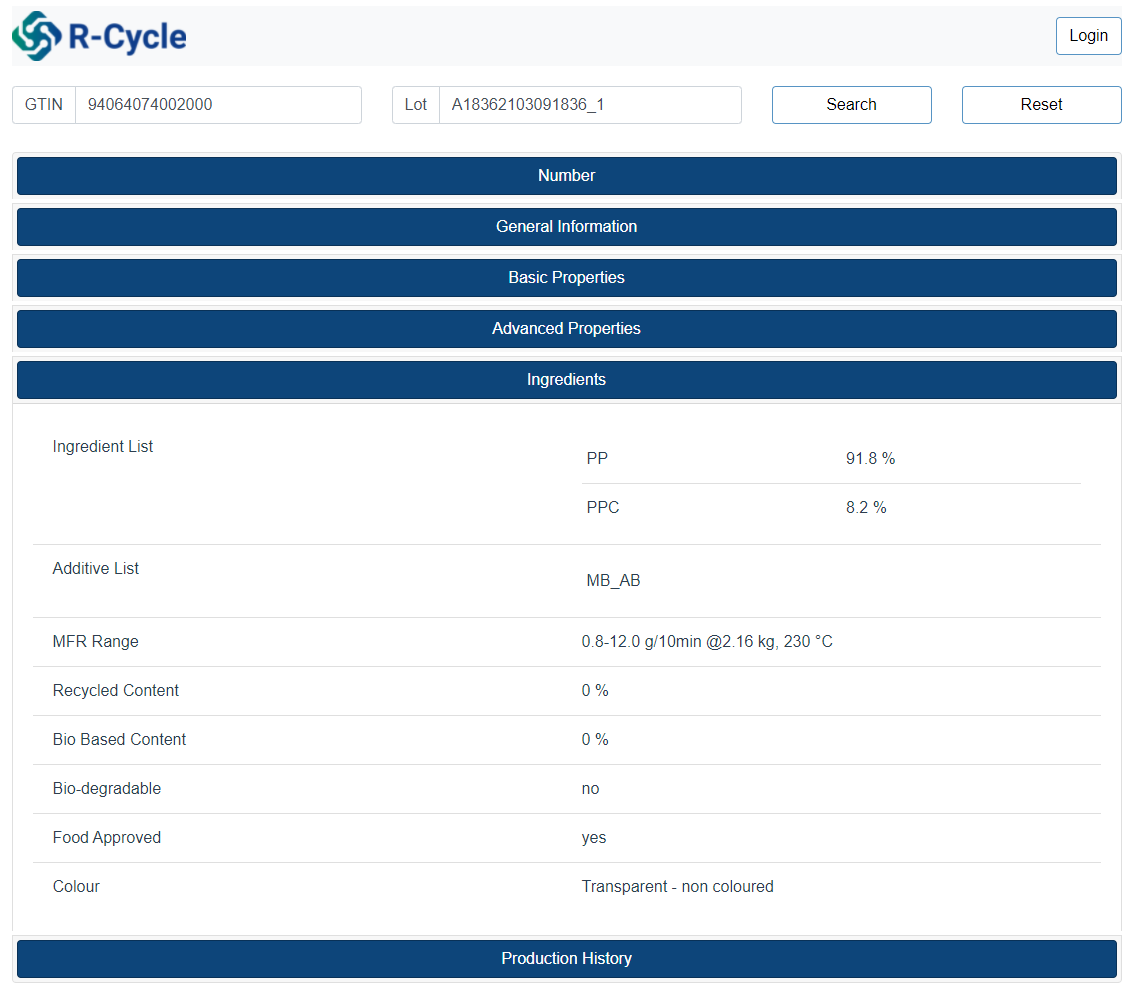

As an example, the data of the first production step, the film production, can be seen here
Due to the strict privacy policy, the R-Cycle production server does not allow any data access for unauthorized users and therefore the data has been copied to the DEMO server to make it accessible.
Identify, sort and wash recyclable packaging
When suitable fractions for recycling have been defined, the packaging is identified and sorted. Those materials typically are washed afterwards to be ready for the mechanical recycling. In the future, the markings should be recognized and read on modern sorting systems; corresponding tests are underway for this purpose, e.g. as part of Holygrail 2.0.
Although this step has not yet been carried out in the pilot project, the scanning and reading of the data with a mobile phone can be seen in the following video.

Recycle washed and sorted packaging (mechanically)
To demonstrate the technical recyclability, the crisp bags were mechanically processed into high-quality granulates on an appropriate extrusion system– without any problems. This granulate is a so called “post-industrial waste” because it had no customer or food contact. However, the packaging is expected to handle a “post-consumer waste” scenario as well.
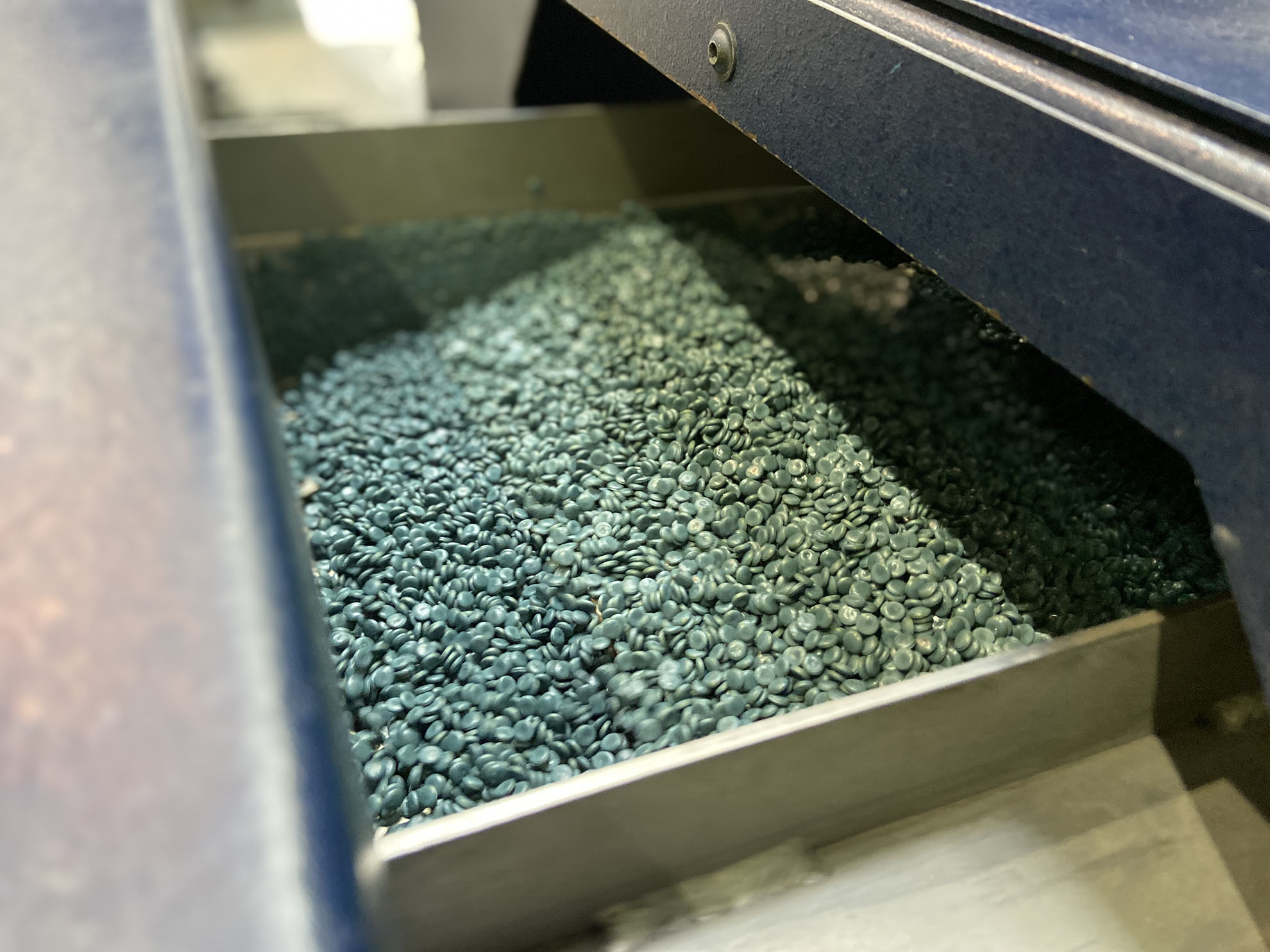

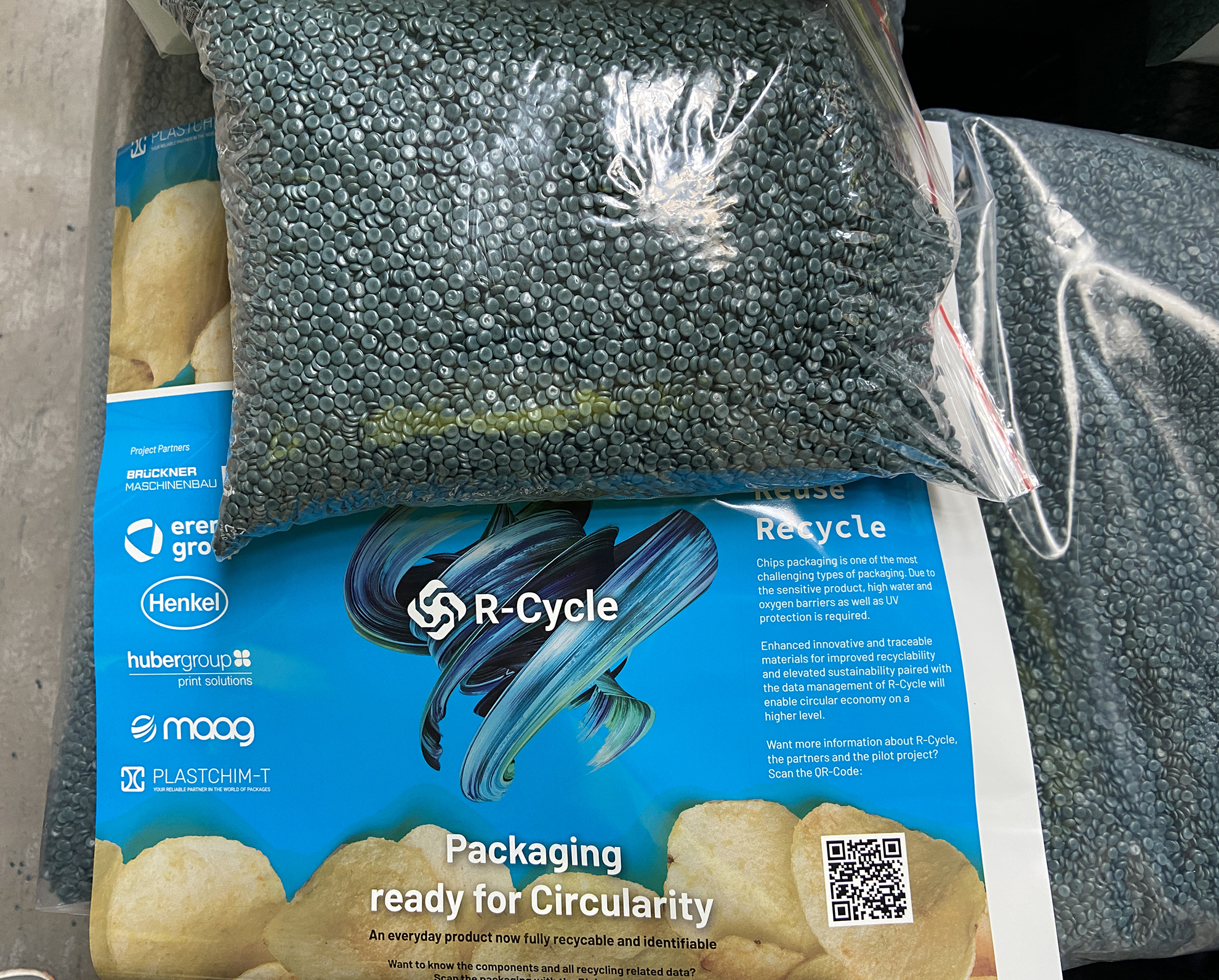

Substitute virgin material with recyclate
PrintCYC, in cooperation with SQTS, analyzed the recyclate by screening tests concerning migration. The results were rated in accordance with comission regulation (EU) No. 10/2011 and Swiss consumer good ordinance EDI SR 817.023.21. The results showed that none of the tested values was even close to the listed thresholds.
This is a pre-condition for reuse in non-food, high-quality second-life applications.
What have we learned from the pilot project?
The good processability along the entire value chain and the high recyclate quality have proven the suitability for the circular economy. The way is pathed by the innovative R-Cycle data provision and the associated better identification and sorting. But what is the next step? What will be produced from the regranulate? What products can be made from it?
Be curious what the crisp bag will become in its second life! Regular updates will follow here.
More Success Stories from R-Cycle
